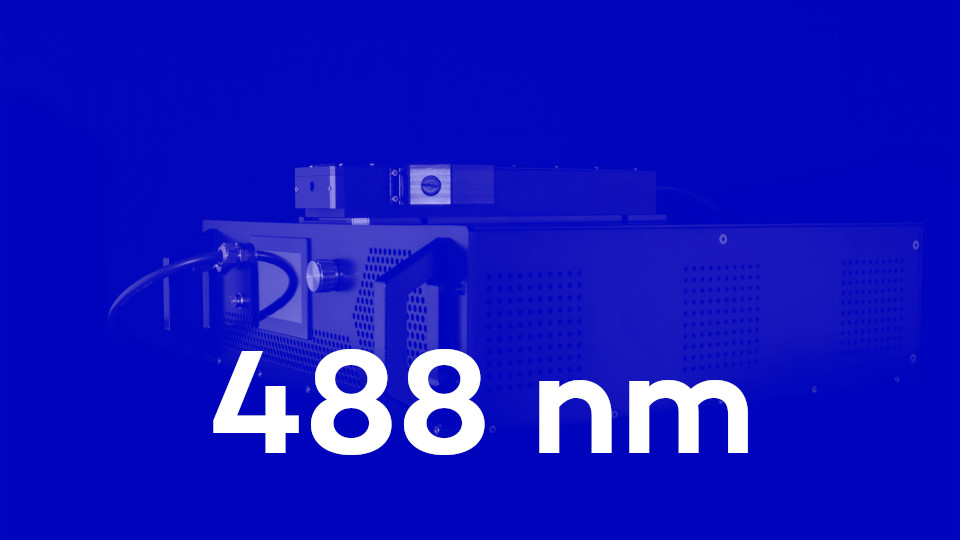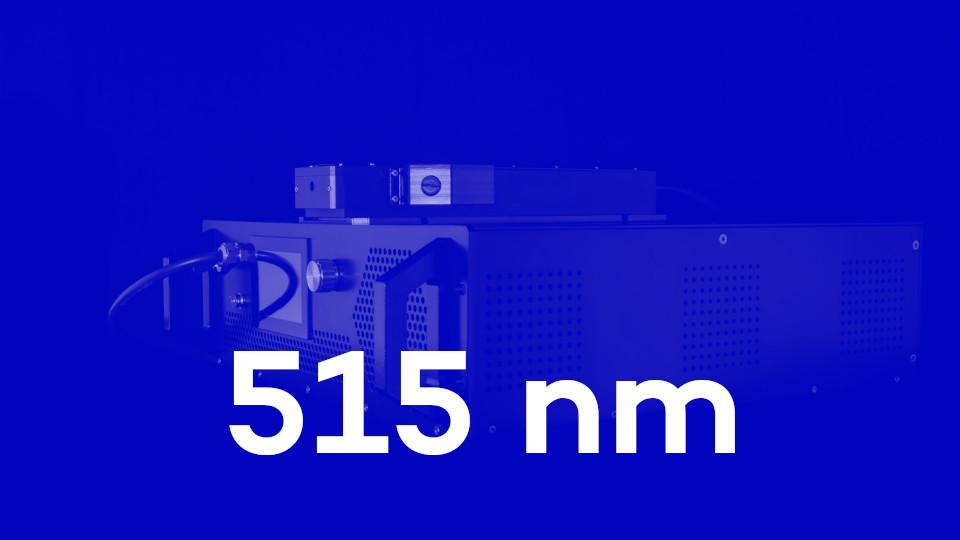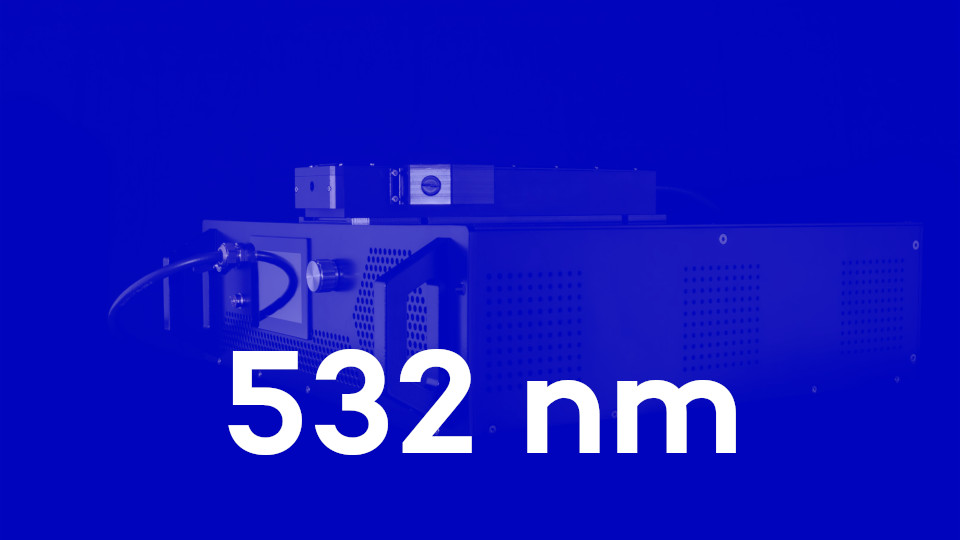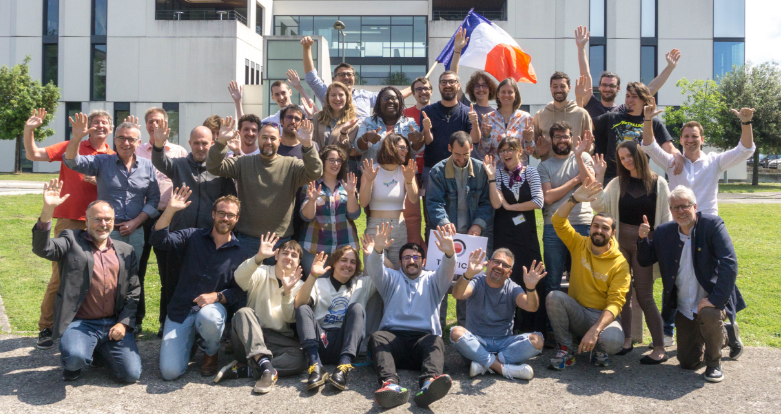For Laser Holography
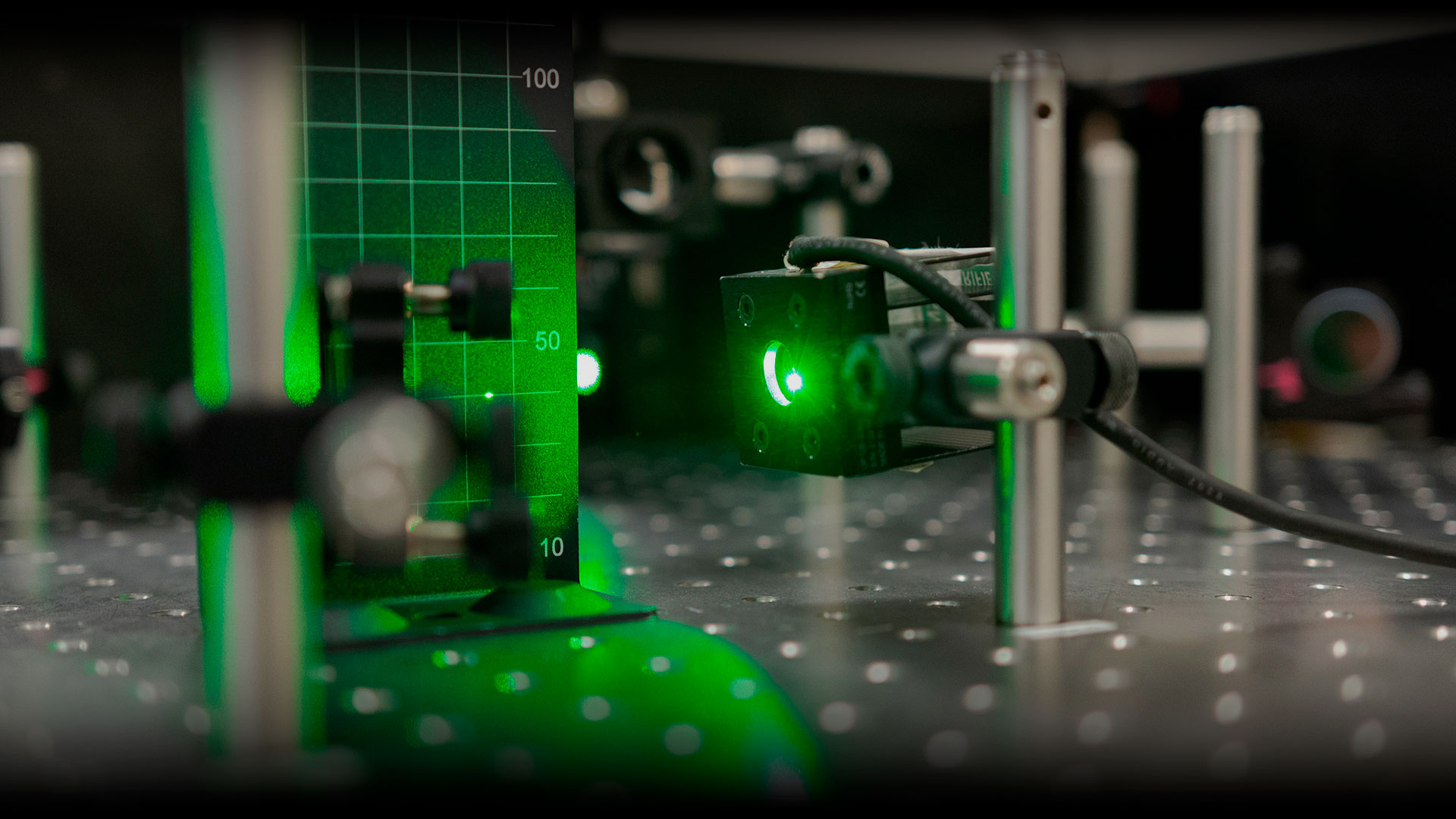
What is laser holography ?
Holography is a photographic process that renders the image of objects by using the interferences of two laser beams. The principle makes it possible to encode the information of an object on a support. To make a hologram, a laser light is needed. This one is divided in two beams : one for the object and the other for the reference. The reference beam is enlarged through a lens and arrives directly on the holographic plate: support of our hologram. The object beam meanwhile, will reflect on the object before reaching the photographic plate. Both beams will interfere and create dark areas -destructive interferences- and clear areas -constructive interferences-.
The interferences created will make it possible to create a relief image on the holographic plate. In principle to visualize the hologram then, it is necessary to reuse the same source which made it possible to create it: same wavelength of the laser. However, now it is possible to observe holograms in the light of day for example. The principle is the same as the one for the photography, but this method does not only recover the information concerning the luminous intensity data. Indeed, it also makes it possible to recover information on the phase, or a degree of harmony – or coherence – between the wavefronts of the light reflected by the object. This is what differentiates the methods of photography and holography.
Why choose
Azurlight Lasers ?
Low noise level
Azurlight systems also have a low noise level, which allows for better measurements.
All-fiber lasers
Azurlight Systems offers all-fiber systems with a coolerless laser head that guarantee excellent pointing stability and spatial mode.
Frequency stability
The frequency stability must be relatively high. Azurlight provides systems with < 75 MHz over 8 hours and temperature variation < 3°C
Single Frequency
The coherence length of the laser has to be sufficiently high for this application because it involves interferences. Azurlight systems has single frequency systems with several hundred meters of coherence.
Recommended lasers & amplifiers for laser holography
Ask us
You would like to order, request further information or need a specific spec ?

Pierre Laygue
Sales & Marketing director

Nicholas Traynor
Founder, CEO, CSO

